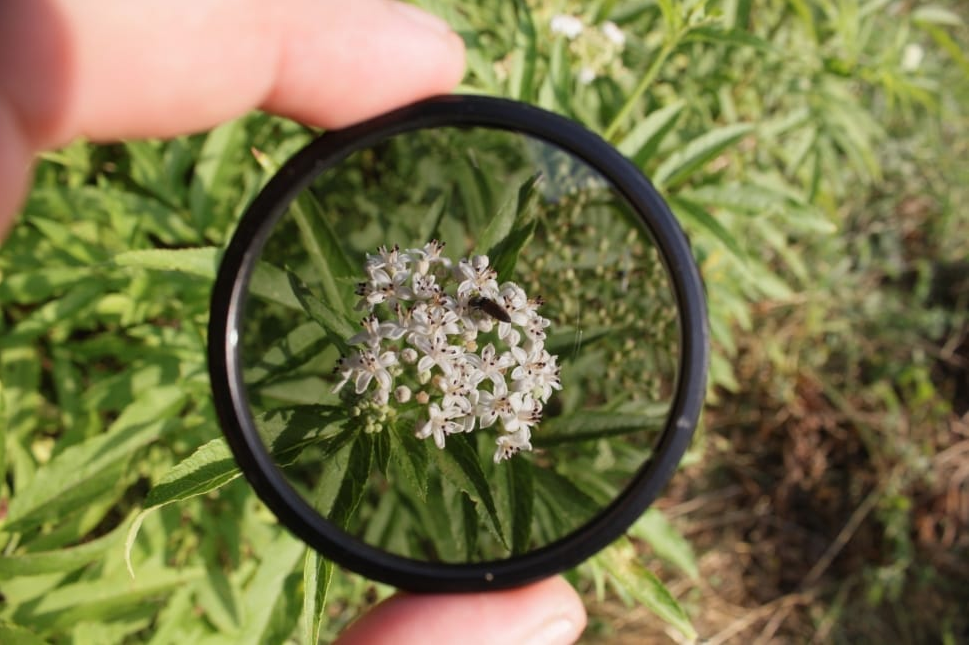Unlocking Clarity: The Power of Camera Polarizing Lens
Unveiling the magic of camera polarizing lenses! Explore what they do, their effects, ideal use cases, and how photographers leverage them to capture stunning images.
Table of Contents
ToggleUnderstanding Camera Polarizing Lenses
A camera polarizing lens (CPL) is a powerful tool in a photographer’s arsenal. It enhances image quality by selectively filtering light waves, resulting in dramatic improvements in clarity, color saturation, and reduction of glare. But how exactly does a camera polarizing lens work, and when should you consider using one?
What Does a Camera Polarizing Lens Do for Your Camera?
Light travels in waves, and these waves can vibrate in various orientations. Unpolarized light vibrates in random directions. A camera polarizing lens acts like a grid, allowing only light waves vibrating in a specific direction to pass through the lens and reach the camera sensor.
This filtering effect offers several benefits:
- Reduced Glare: Glare is caused by light reflecting off non-metallic surfaces like water, glass, or even shiny foliage. A camera polarizing lens significantly reduces glare, revealing the true colors and details beneath the reflection.
- Enhanced Color Saturation: By filtering out scattered light, a CPL allows richer, more saturated colors to reach the sensor. This is particularly noticeable in blue skies, where the scattered light often creates a washed-out appearance.
- Improved Clarity: By minimizing glare and unwanted reflections, a camera polarizing lens creates a sharper, clearer image overall.

The Effects of a Camera Polarizer: Witnessing the Transformation
The effects of a camera polarizing lens are undeniable. Here’s a visual breakdown of the transformation it brings:
- Glare Reduction: Imagine a photo of a tranquil lake. Without a CPL, the water’s surface reflects the bright sky, obscuring details like rocks or fish beneath. A CPL would eliminate this glare, revealing the crystal-clear water and the underwater world.
- Color Boost: Picture a vibrant landscape scene. A CPL would intensify the blue hues of the sky, the greens of the foliage, and the reds of flowers, creating a more visually appealing image.
- Increased Clarity: A photo taken through a window might exhibit distracting reflections from the glass itself. A CPL would remove these reflections, allowing a clear view of the subject outside.

When to Use a Camera Polarizing Lens: Mastering the Art of Selective Light
Not all situations call for a camera polarizing lens. Here are some prime scenarios where a CPL shines:
- Landscape Photography: Capture breathtaking landscapes with deeper blue skies, richer greens, and minimized reflections on water bodies or wet surfaces.
- Travel Photography: Eliminate glare from windows, car windshields, or architectural glass, revealing the true essence of your travel subjects.
- Portrait Photography: Reduce unwanted reflections on eyeglasses or shiny skin, achieving a more natural and flattering look for your portraits.
- Product Photography: Showcase products with minimal glare, ensuring clear and accurate representation of colors and textures.
Why Do Photographers Use Polarizing Filters? Exploring the Creative Advantages
Professional photographers leverage camera polarizing lenses for more than just technical improvements. Here’s how CPLs unlock creative possibilities:
- Enhanced Mood and Atmosphere: A polarizer can dramatically impact the mood of an image. Deep blue skies evoke a sense of serenity, while reduced glare on water surfaces creates a more peaceful ambiance.
- Selective Emphasis: By controlling reflections, photographers can draw attention to specific elements within the frame. This allows for more deliberate storytelling through their images.
- Creative Experimentation: CPLs can be used creatively to create unique effects. Experimenting with different filter strengths can lead to artistic interpretations of landscapes and other subjects.
Additional Considerations with Camera Polarizing Lenses
While camera polarizing lenses (CPLs) offer a multitude of benefits, there are also some factors to keep in mind:
- Light Falloff: CPLs absorb some light, resulting in a slight reduction in overall exposure. You may need to adjust your camera settings (aperture, shutter speed, ISO) to compensate for this.
- Viewfinder Dimming: Especially with circular polarizers (the most common type for digital cameras), the viewfinder can appear slightly dimmer when using a CPL. This can make focusing a bit more challenging.
- Uneven Effects at Wide Angles: At very wide-angle focal lengths, the polarizing effect can be uneven across the frame, causing some areas to appear darker than others. This is less noticeable with telephoto lenses.
- Cost: CPLs vary in price depending on quality and size. While budget-friendly options exist, investing in a high-quality CPL will yield superior results with minimal color cast.
Types of Camera Polarizing Lenses
There are two main types of camera polarizing lenses:
- Circular Polarizer (CPL): This is the most widely used type for digital cameras. It incorporates a second filter element that compensates for the phase shift caused by the first polarizing element, ensuring accurate autofocus and autoexposure functionality.
- Linear Polarizer: These are simpler filters typically used with film photography or specialized applications. They can cause issues with autofocus and autoexposure on digital cameras.
Check for more details below
- A tutorial on using polarizing filters for landscape photography https://nanpa.org/2021/10/06/photography-101-using-a-polarizing-filter/
- An article exploring the creative uses of polarizing filters https://proedu.com/blogs/photography-fundamentals/polarizing-filter-enhancing-your-photos-with-contrast-and-color
- Information on different types of camera filters https://www.kenrockwell.com/tech/filters.htm
Camera Polarizing Lens: A Valuable Tool for Discerning Photographers
A camera polarizing lens is a valuable addition to any photographer’s toolkit. By understanding its capabilities and limitations, you can harness its power to create captivating images with enhanced clarity, richer colors, and minimized glare. So, next time you’re out shooting, consider adding a CPL to your camera bag and witness the transformative power it brings to your photography!